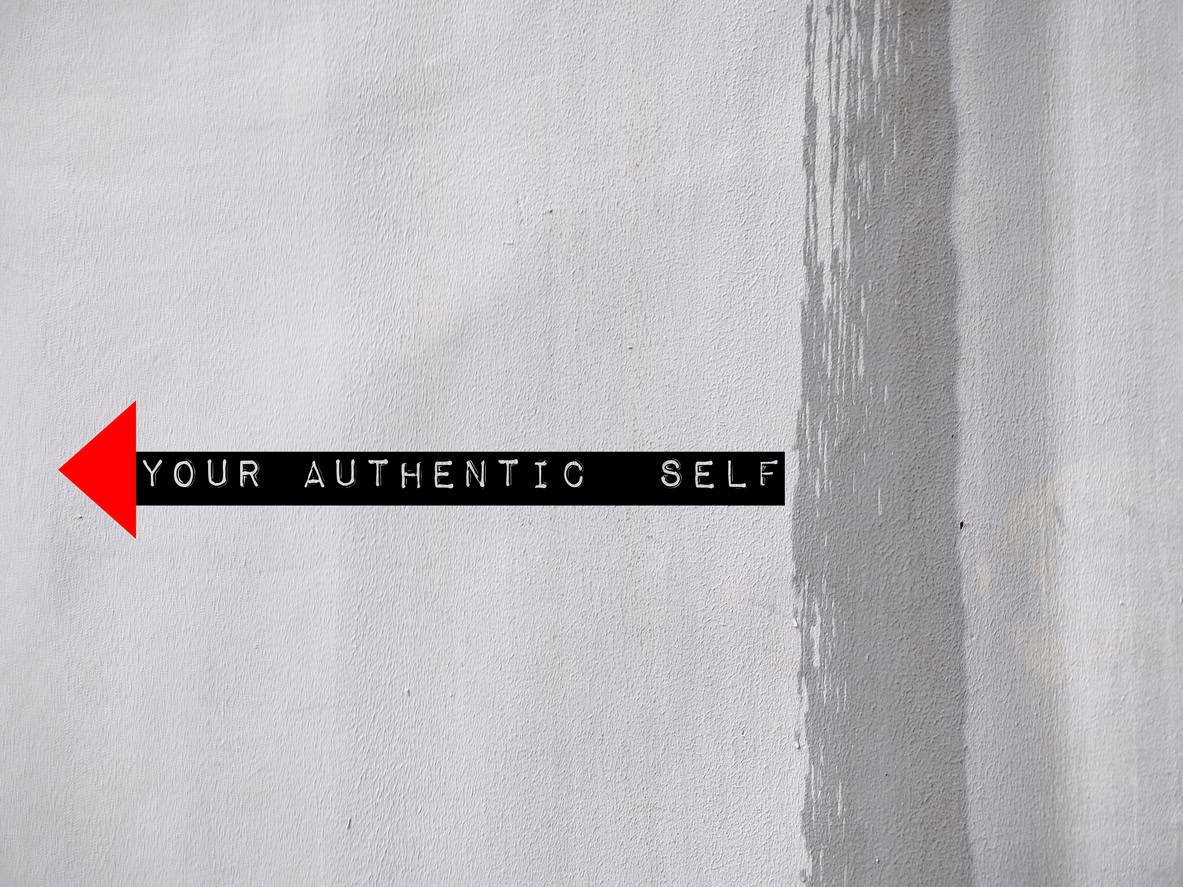The Victorian Sentencing Advisory Council‘s report on OHS sentencing received minimal media coverage. Perhaps more will come when the government responds to the recommendations. However, the coverage focused on the recommendation for a substantial increase in financial penalties for those who breach occupational health and safety (OHS) laws. The report contained much more than financial penalties, but the political climate will likely stifle any significant reforms.
Category: ethics
Cost estimation, safety and economists
American legal scholar Cass R. Sunstein does not write about occupational health and safety (OHS) directly, but he writes about the society in which OHS operates. In November 2022, he reviewed an economics book in an article called “Accounting for the Human Cost.” OHS may have a strong moral core, but one can argue that it is more of an economic discipline due to the necessity for analyzing costs and benefits to gauge compliance with laws and regulations.
The Hidden Barrier to Safer Workplaces: Financial Literacy in OHS
Australia’s occupational health and safety (OHS) has improved over the decades. Yet, preventable injuries and fatalities persist—over 180 quad bike deaths since 2011, for example, with rollovers leading the charge. We have regulations, campaigns, and a national body in Safe Work Australia, but something’s still missing. Why aren’t workplace redesign efforts—like fitting rollbars on quads or rethinking production systems—more widespread? The answer might lie in a hidden barrier: the WHS profession’s shaky grasp of financial literacy, compounded by the stranglehold of financial underwriting models and capital market expectations. Maybe it’s time we admit that the safety game isn’t just about risk assessments—it’s about money, and we’re not playing it well enough.
Piss or get off the pot, but take care
I am a big fan of diagnosis as a tool for obtaining evidence from which decisions about occupational health and safety (OHS) can be made. However, increased attention on the inclusion of mental health management in OHS exposes us to the same minefield that is currently surrounding the (over?) diagnosis of autism, Attention Deficit Hyperactivity Disorder (ADHD) and neurodivergence. Recently, the New Statesmen provided a useful analysis of the issue in a review of several new books.
Some jobs continue to be bullshit ones
The concept of Bullshit Jobs persists. In the Oxford University Press BRAIN, neurologist Masud Husain applies the idea to universities and intellectuals. As I qualify as neither, I read the article seeking insight into the concept’s progress and application to occupational health and safety (OHS). I found connections to burnout, stress and Safe Work Method Statements.
Why workplace Psychosocial Regulations will fail
Australia has learned much from its consideration of psychosocial factors that can generate psychological harm in workers over the last decade. By the end of 2025, all Australian jurisdictions will likely have re-emphasised the psychological elements of employers’ and workers’ occupational health and safety (OHS) duties. However, the legislative changes are likely to fail to improve workers’ mental health because at least one of those psychosocial factors is too confronting and uncomfortable to employers.
Authentic selves, culture and racism
Culture has perhaps become the dominant theme in modern occupational health and safety (OHS). Possibly more dominant than Leadership. Culture remains an amorphous concept that is an inclusive adjective but also unhelpful.
Several recent events started making connections in my OHS brain that I am still working through:
- Online racist statements by two Australian nurses
- A Harvard Business Review Special Issue called “The Secrets of Great Culture” and
- An article by Professor Lena Wang and others on the separation of work and life.







